The environmental action plan of the airport Roland Garros Reunion , dubbed "Project Vision'R " saw its first achievements materialize.
Consulter notre politique générale en matière de Responsabilité Sociétale qui traduit notre volonté de performance, de transparence et d'amélioration continue de nos activités :
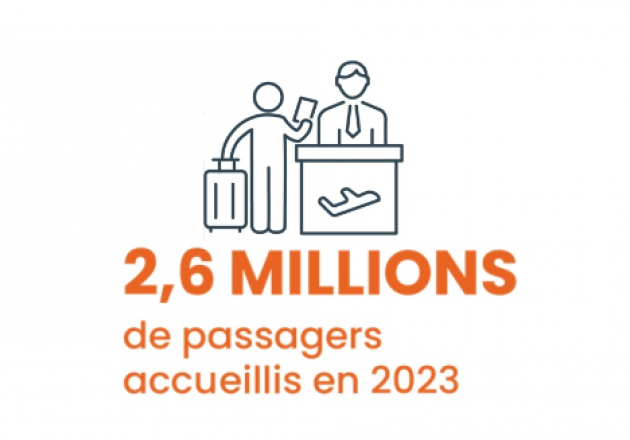
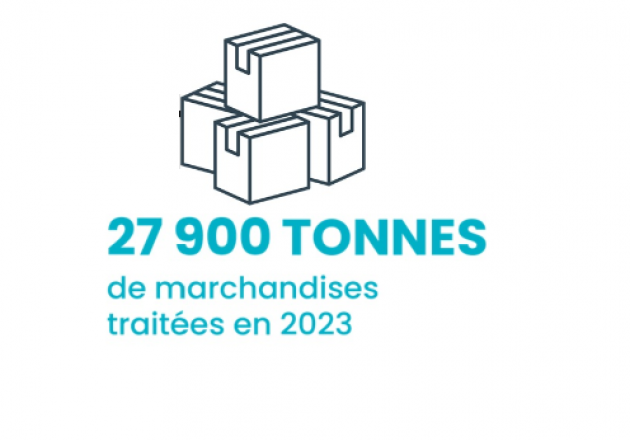
Release control
After the rehabilitation of the treatment and disposal system of rainwater airside several projects to modernize and increase the capacity of these networks, landside , are underway. Ultimately, the sewage treatment plant Roland Garros Airport should secondly be linked with the Grand Prado. A series of campaigns to measure the air quality throughout the airport platform in 2013 and 2014 has finally demonstrated the excellent quality of the ambient air, with the exception of the area closer to the road, exposed to emissions from automobile traffic.
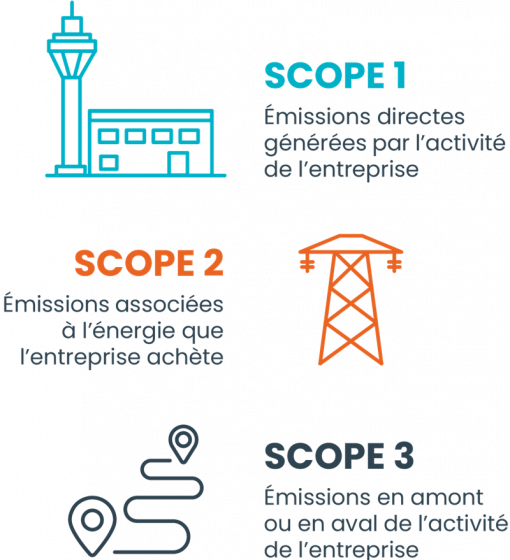
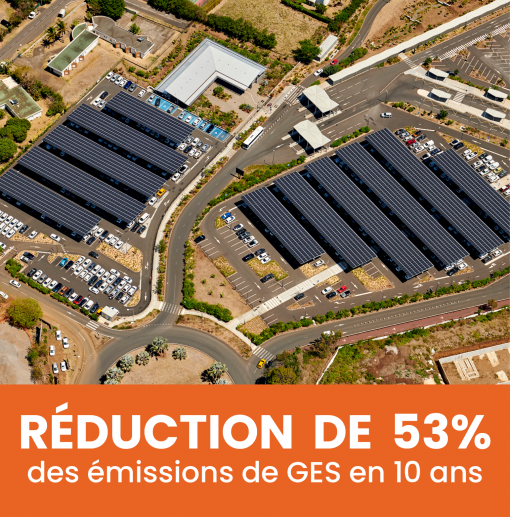
Réduction des émissions
L'aéroport s'efforce d'atteindre la quasi-neutralité carbone et de diviser par deux ses émissions de CO2. Voici les actions entreprises :
- 22 actions de maîtrise de l'énergie
- 4 stations solaires photovoltaïques opérationnelles d'ici 2028
- Sensibilisation des parties prenantes et études sur de nouveaux vecteurs énergétiques (hydrogène, énergies marines renouvelables)
Le programme de décarbonation
Le programme Airport Carbon Accreditation (ACA) porté par l’ACI (Airport Council International) évalue de manière indépendante, et reconnaît les efforts entrepris par les aéroports pour gérer et réduire leurs émissions de carbone à travers 7 niveaux de certification.
L'aéroport La Réunion Roland Garros a obtenu en 2020 le niveau 3 de l'ACA intitulé "Optimisation" et renouvelle son accréditation en 2024. Objectif ACA4+ en 2025 !
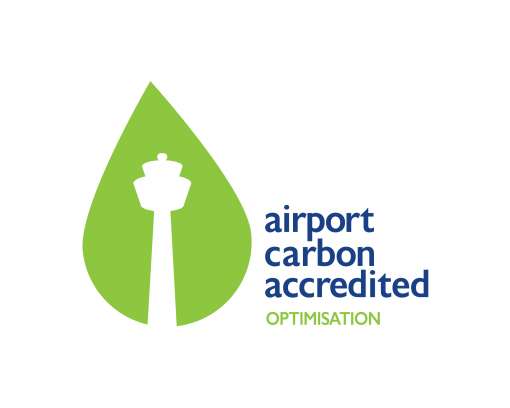
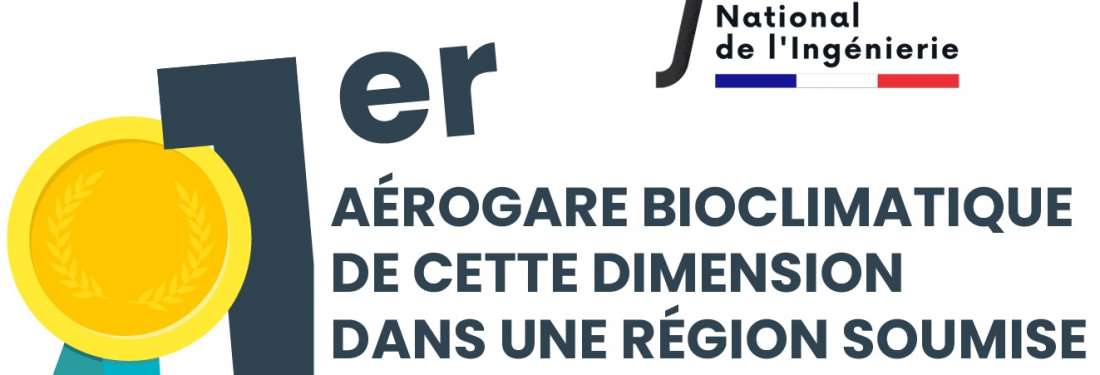
Des infrastructures éco-responsables
Nous pensons que la meilleure énergie est celle que l’on ne consomme pas. Ainsi le hall public a été converti en ventilation naturelle en 2016. Suivent la construction d’un bâtiment bioclimatique pour les loueurs en 2021 et l’inauguration en 2024 d’une nouvelle aérogare bioclimatique de 22 000 m², le bâtiment tertiaire le moins impactant pour l’environnement à La Réunion et la première aérogare bioclimatique au monde en milieu tropical.
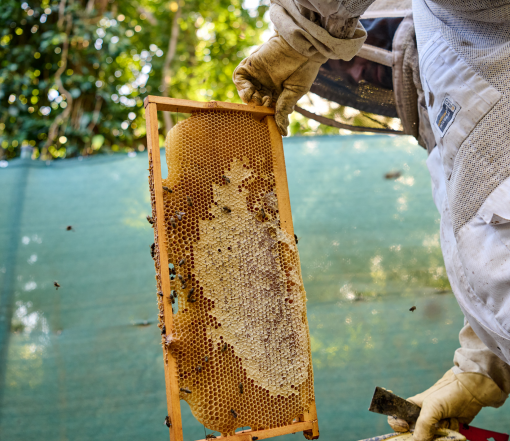
Protéger la richesse naturelle de l'île
La préservation de la biodiversité, incluant les pétrels, chauves-souris et autres espèces endémiques, est essentielle. L'aéroport mène des campagnes de sensibilisation et participe, chaque année à la campagne de sauvetage des pétrels de Barau à l'initiative du Parc National de La Réunion et de la SEOR. La préservation des biotopes sur et autour de la plateforme est également prioritaire, avec l'installation de ruches pour des mesures innovantes de la qualité de l'air
Une gestion responsable de l’eau
L'aéroport s'engage dans une gestion responsable de l'eau en réduisant sa consommation et en améliorant le traitement des eaux usées. Le raccordement des eaux usées de l'aéroport à la station d'épuration du Grand Prado gérée par la collectivité locale CINOR représente un axe majeur de cette stratégie. Ce raccordement permet de traiter efficacement les eaux usées générées par l'aéroport, réduisant ainsi l'impact environnemental sur les ressources locales.

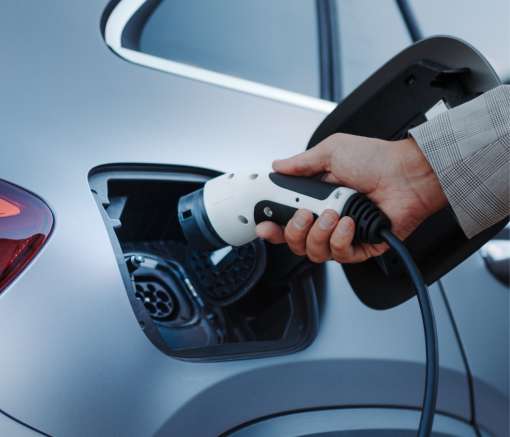
Encourager la mobilité durable des équipes
Un plan de mobilité douce a été instauré, incluant :
- Mise à disposition de vélos électriques pour le personnel de l’aéroport
- 115 bornes de recharge pour véhicules électriques déployées, la plus grande concentration de bornes de recharge sur un même site des DOM-TOM
Une expérience passager durable et confortable
L'aéroport poursuit ses efforts d’optimisation énergétique malgré la croissance du trafic. Les infrastructures sont améliorées par la construction et la rénovation bioclimatiques des aérogares. Les fournisseurs et sous-traitants sont également évalués selon des critères environnementaux via le label RFAR (Relations Fournisseurs & Achats Responsables)
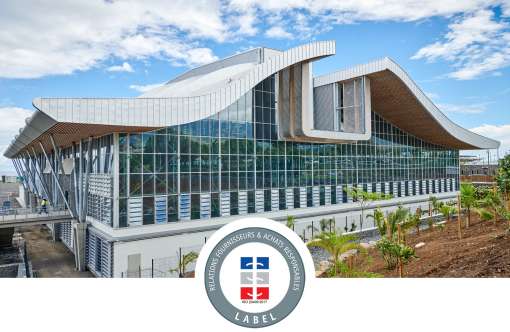
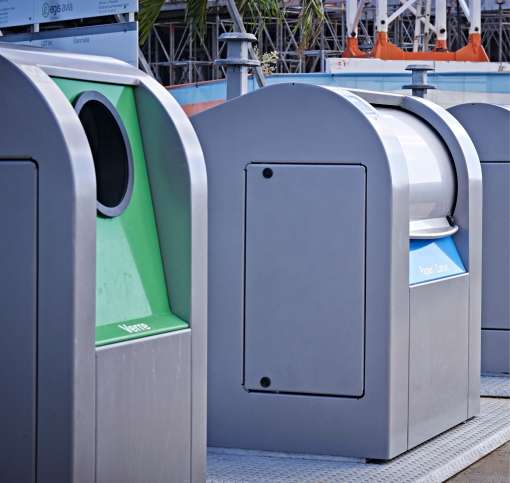
La gestion du tri des déchets de la plateforme aéroportuaire
L’aéroport projette de se doter d’un centre de tri de déchets, afin d’en assurer leur gestion optimisée et durable. Cet équipement vise à répondre aux objectifs opérationnels suivants :
- Optimisation du service de gestion des déchets non dangereux de la plateforme aéroportuaire,
- Incitation à la réduction des déchets,
- Amélioration de la valorisation des déchets de l’aéroport,
- Maitrise des couts de gestion des déchets,
- Traçabilité des déchets